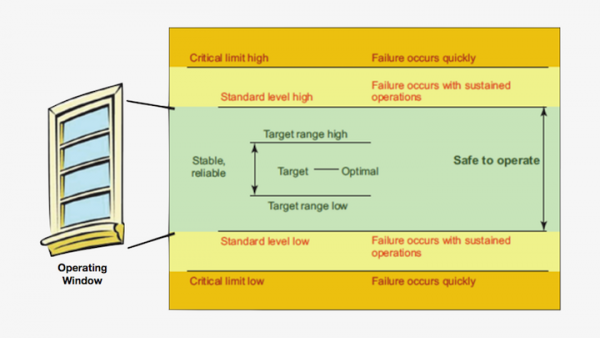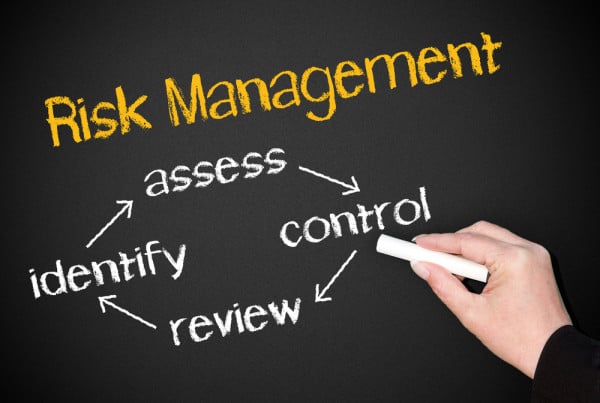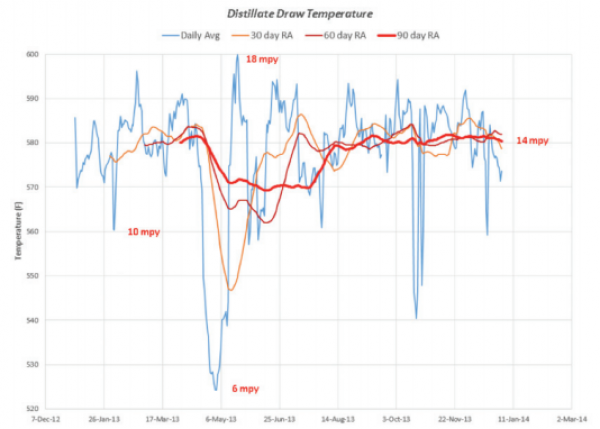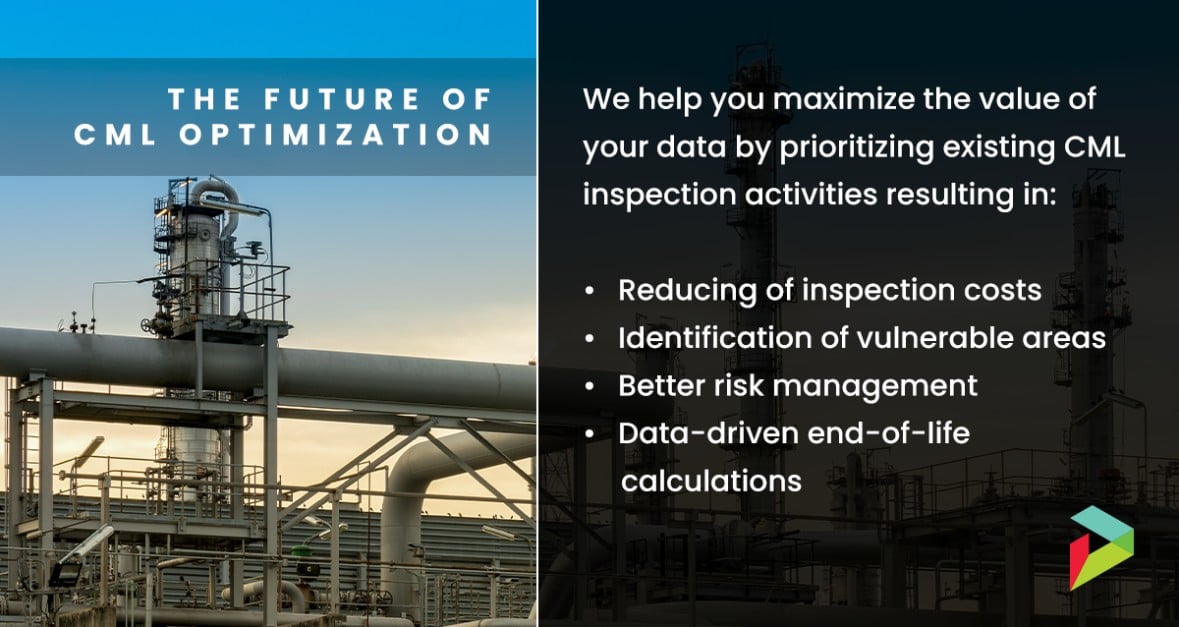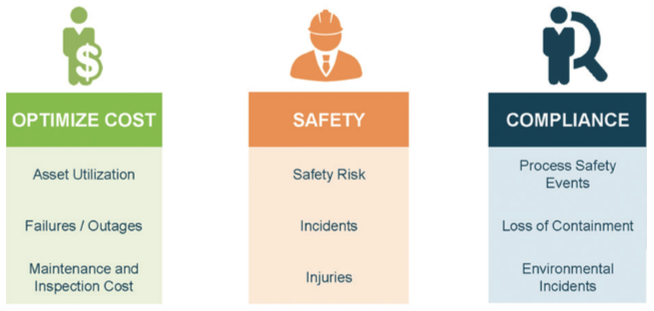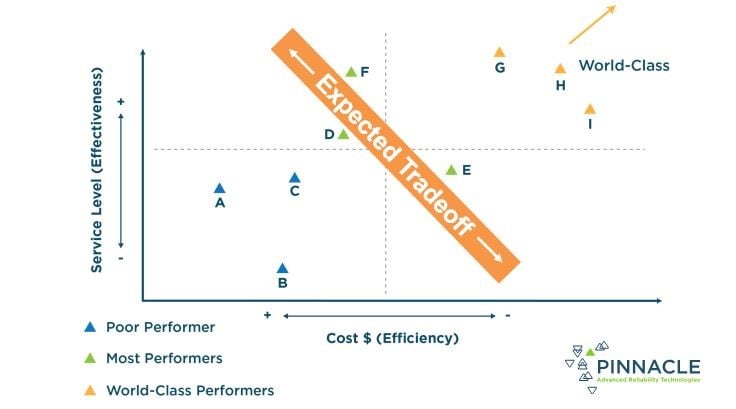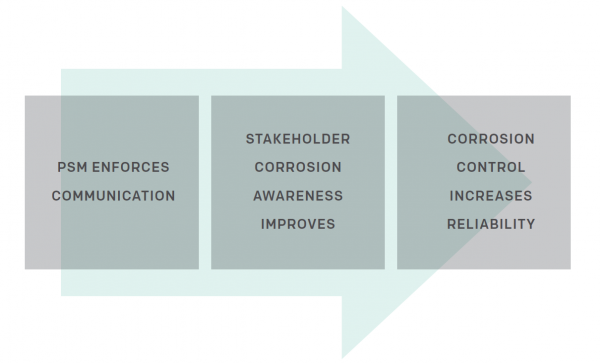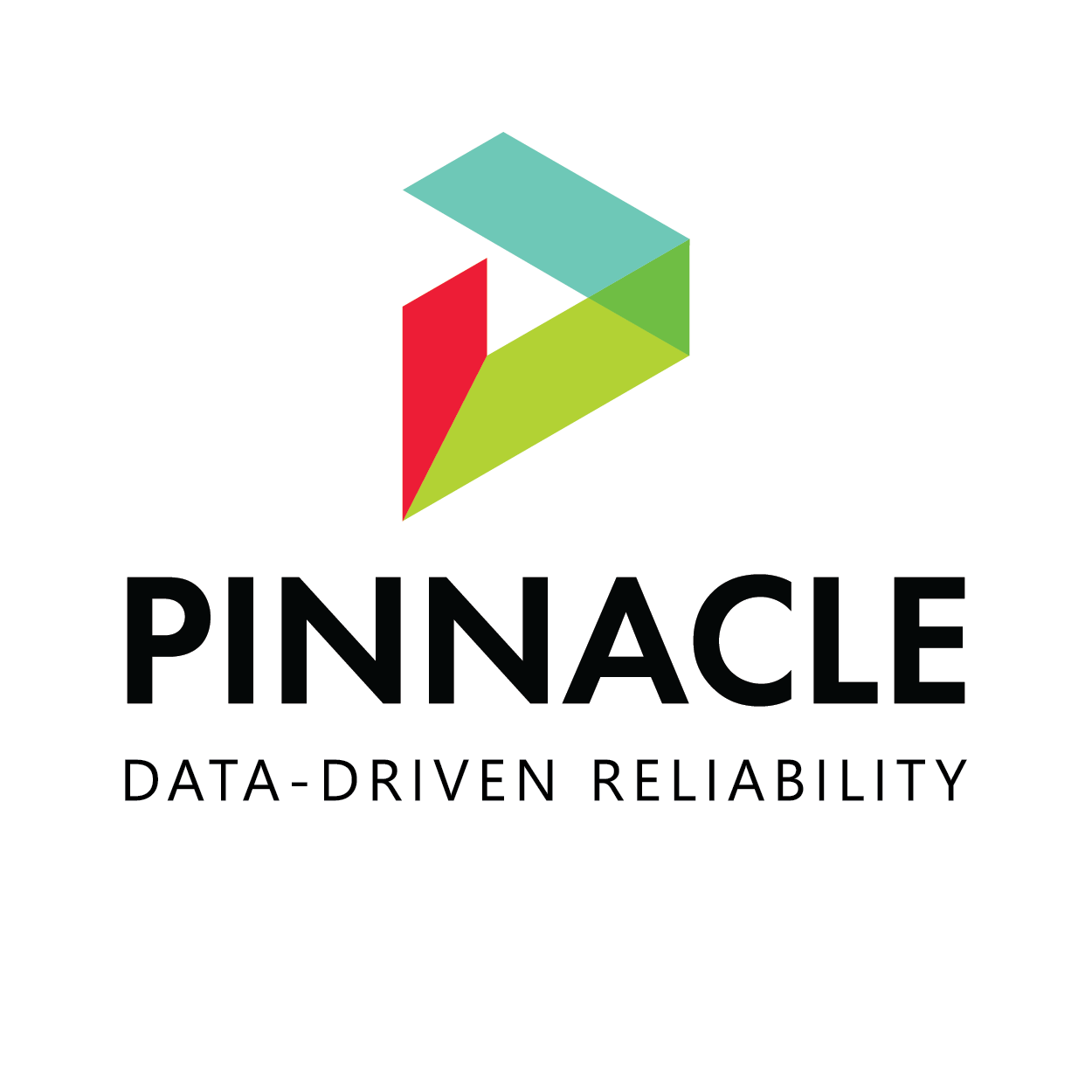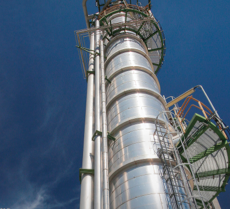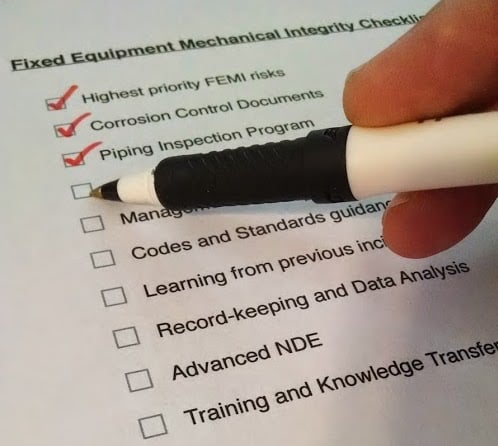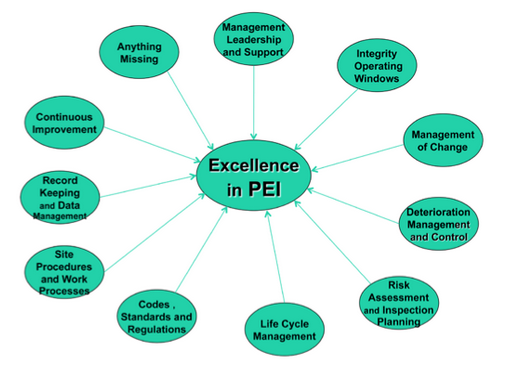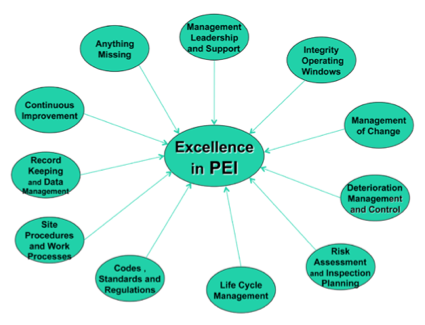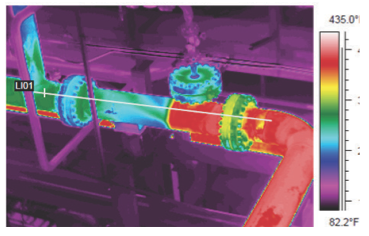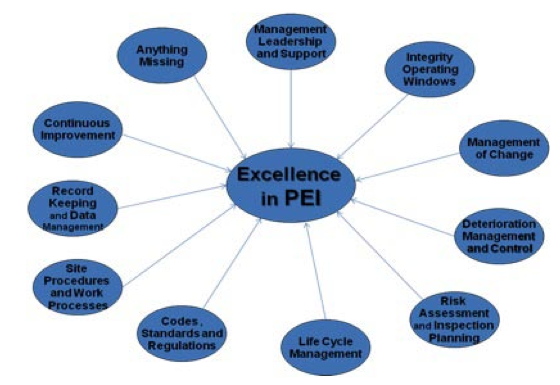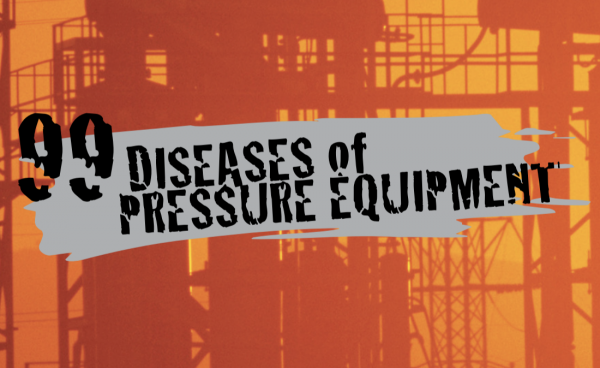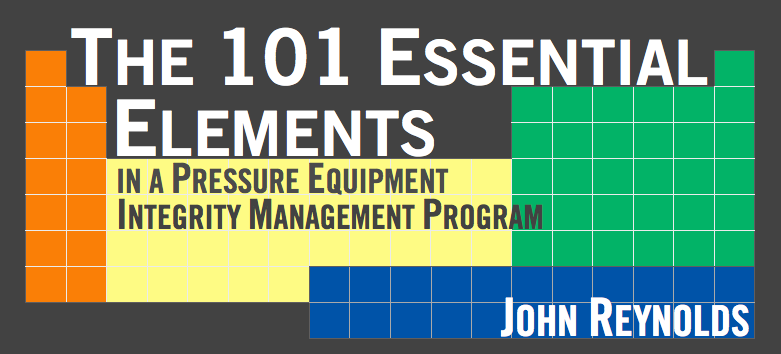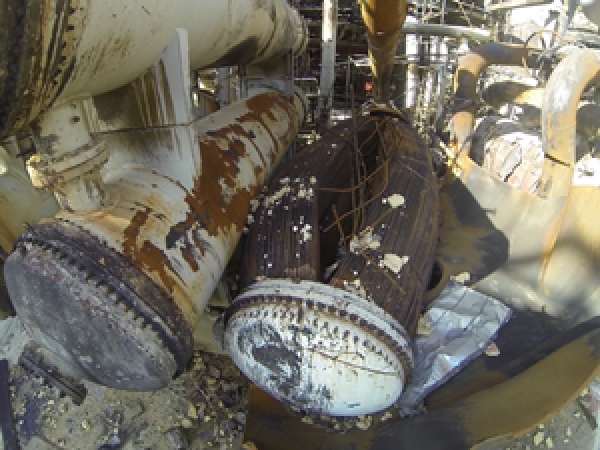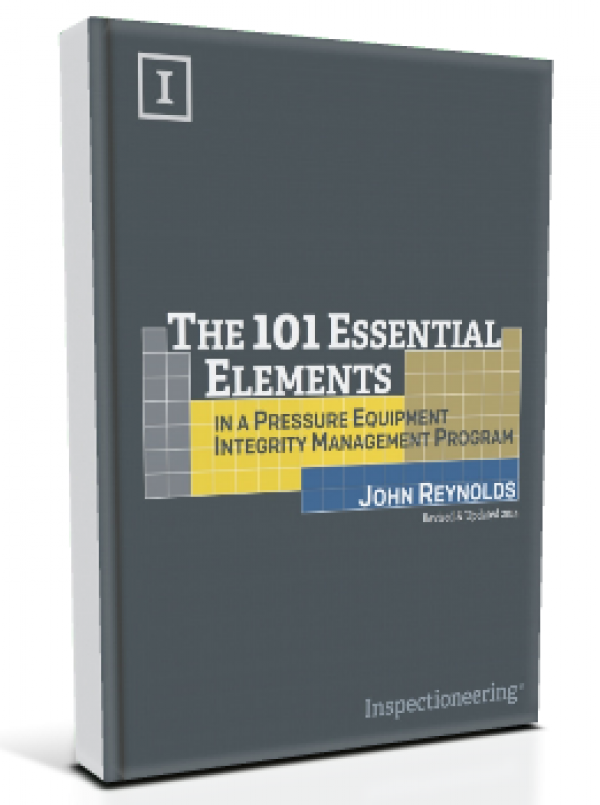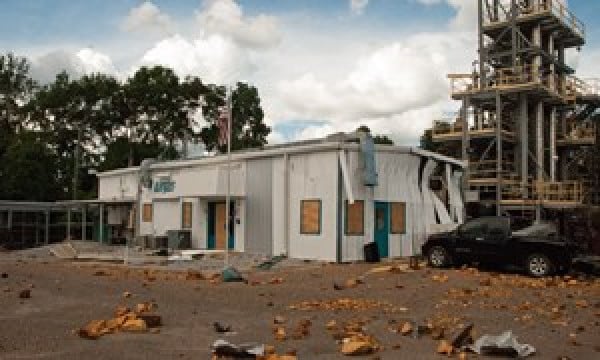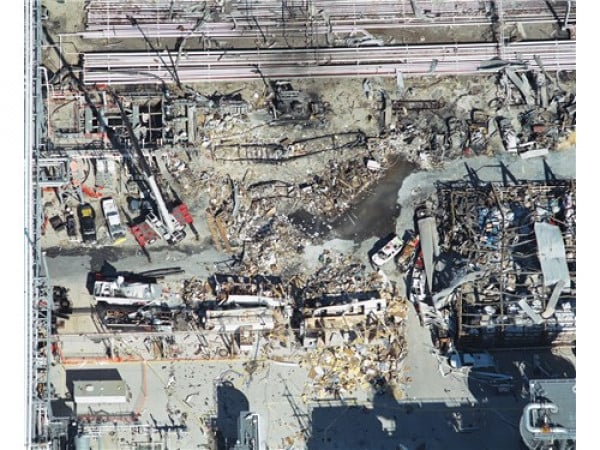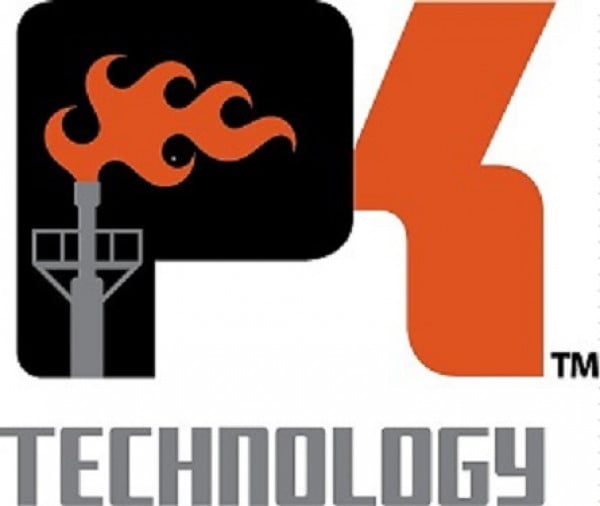Management of Change (MOC) is a best practice that controls safety, health, and environmental risks and hazards as they pertain to an organization’s changes to its facilities, operations, or personnel. A properly implemented MOC policy prevents increased risks for current hazards and guards against the introduction of new hazards. Inadequate MOC can increase risks to the health and safety of employees and the environment.
Effective MOC involves review of all significant changes to ensure that an acceptable level of safety will be maintained after the change has been implemented. From this evaluation, the proposed change can either be set for implementation, amended to make it more safe, or rejected entirely. Should the change be implemented, personnel should be informed about the change and how to maintain a safe workspace in this new environment.
Under the Occupational Safety and Health Administration’s (OSHA's) Process Safety Management (PSM) standard, performing MOC is required when making changes that could affect the safety of a facility. This can include changes in process chemicals, technology, equipment, procedures, and the number of employees involved in a process.
While MOC is generally used to examine the effects of a proposed permanent change to a facility, temporary changes should not be overlooked. A number of catastrophic events have occurred over the years due to temporary changes in operating conditions, staffing, etc. For this reason, an effective MOC program should address all changes that could affect the safety of a facility or personnel, regardless of whether or not it is permanent.
Relevant Links
Topic Tools
Share this Topic
Contribute to Definition
We welcome updates to this Integripedia definition from the Inspectioneering community. Click the link below to submit any recommended changes for Inspectioneering's team of editors to review.
Contribute to Definition







